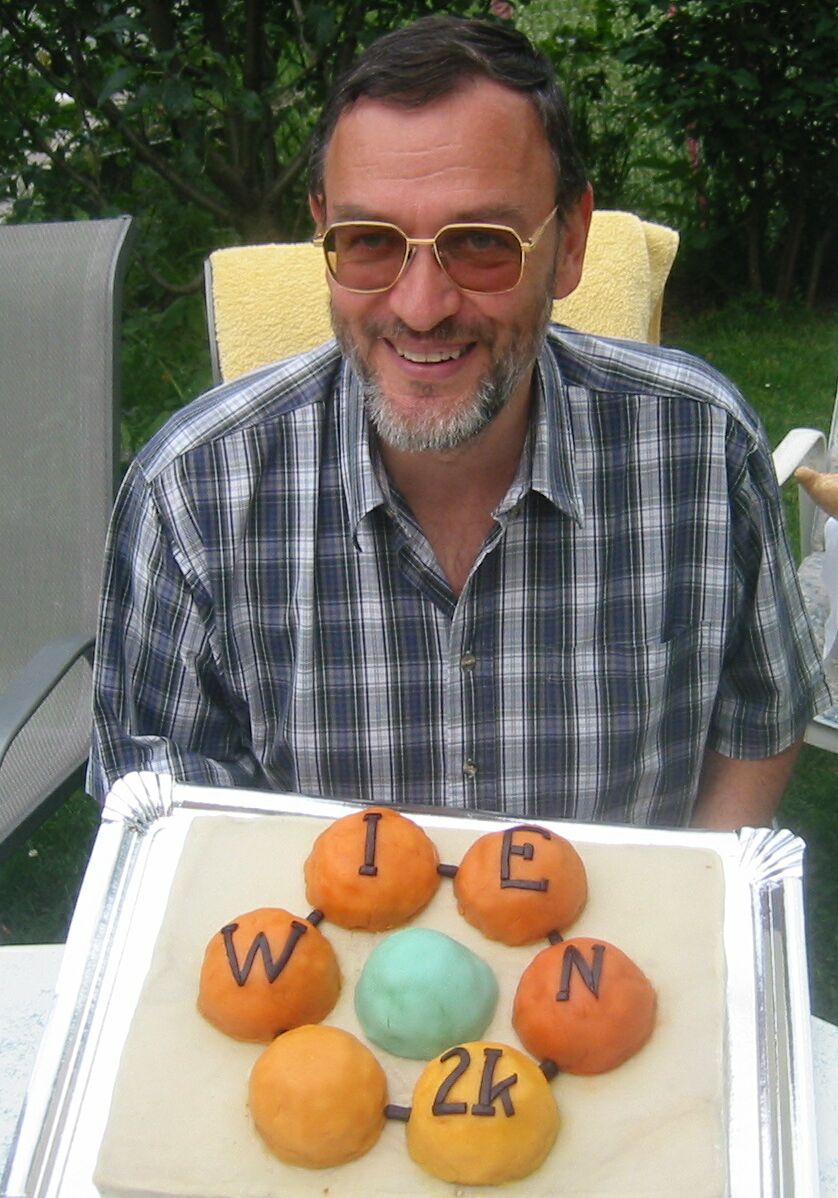1) You need to make a sizable supercell !!! Maybe start with 16
atoms/cell, but 64 or more are even better. It is WRONG to make a
core-hole calculation with just 2 Zn atoms/cell. Why: Consider reality:
You excite only VERY few atoms in such a measurements (actually VERY few
even means 1 out of 10^10 or less!!!), the majority of atoms remain in
the ground state and can contribute to the screening. This is, what we
want to simulate.
2) We need to have charge neutrality, i.e. the sum of nuclear charges and electronic charges must cancel. By removing 1 e- from one atom in the cell, you need to add this charge somewhere. 2 possibilities:
a) add it as valence electron (increase NE in case.in2; but don't forget to remove this e- AFTER the scf cycle and before calculation the spectra)
Reference https://www.mail-archive.com/wien@zeus.theochem.tuwien.ac.at/msg11037.html
2) We need to have charge neutrality, i.e. the sum of nuclear charges and electronic charges must cancel. By removing 1 e- from one atom in the cell, you need to add this charge somewhere. 2 possibilities:
a) add it as valence electron (increase NE in case.in2; but don't forget to remove this e- AFTER the scf cycle and before calculation the spectra)
b) add a background charge in case.inm.
MSR1 -1.0 YES (BROYD/PRATT, extra charge (+1 for additional e), norm)
As the comment says, you should set this value to +1, when you have
added an e-. For core holes, we have REMOVED an electron, thus we must
set this to -1.0 !!!
You SHOULD ALWAYS CHECK your charge neutrality using
grep :NEC01 case.scf.
Now which method is better, a) or b) ???
In many cases there is NOT much difference, though in some cases there
could be a difference.
Again, remember we want to simulate experiment as close as possible:
the Zn 1s electron will be excited (dipole rule) into Zn-4p electrons.
The electronic structure of ZnO has mainly Zn-s and p character at the
conduction band minimum, thus when we use method b), we actually add
this e- into Zn-s+p states, which is "approximately" correct. However,
since the Zn-4sp states are very delocalized states with little weight
inside the Zn-sphere, I don't think it matters too much when you put the
charge into the background.
An opposite example would be eg. CeO2, which has very localized Ce-4f
states just above EF. When simulating O-K edges, it is NOT a good idea
to add the e- into the valence, because it will go into LOCALIZED Ce-4f
states and not contribute significantly to screen the core-hole on
oxygen. The method b) would be better in this case. Of course, for Ce-M
edges obviously method a) should be much better.
Hope this clarifies the unclear discussion on the mailing list.
Peter Blaha
Reference https://www.mail-archive.com/wien@zeus.theochem.tuwien.ac.at/msg11037.html










0 Comments